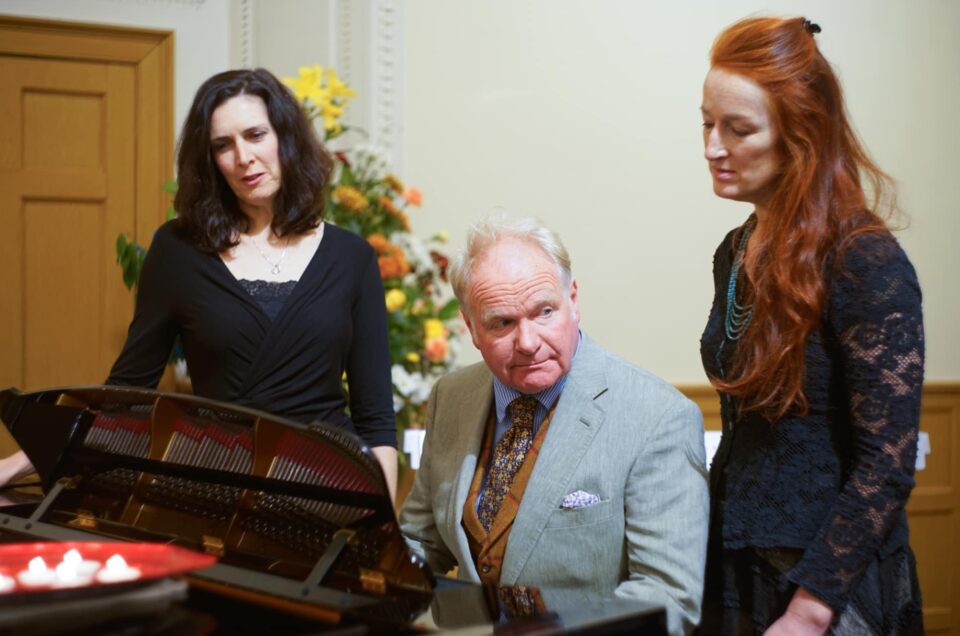It is an overcast wednesday morning and the it seems like it’s about to rain; not much of an issue, as I was en route to the Scottish National Portrait Gallery. The When we were young exhibition presents images dating from the mid-Eighteen Century to the present day portraying (predominantly) children at home and at play.
To give you an example of the variety of work on show, the exhibition included an image captured in 1863 by the Rev. Charles Lutwidge Dodson. Many may not immediately recognise this name, as he is better known as Lewis Carol, author of Alice’s Adventures in Wonderland. Wishing to learn more about the work by this artists work, I came across an article in the magazine site Petapixel.

©Pieter Hugo: Portrait #12 Rwanda from the series 1994
I will refrain from re-iterating the article – the link for it is here; but as a highlight, I will say this. Rev. Dodson held a 24-year photography career in an era when photography was just beginning to establish itself as an art form. It is believed that Rev. Dodson had amassed over three-thousand images during his lifetime, but fewer than one-thousand have survived.
Another image included in the exhibition, is by a South African photographer Pieter Hugo: an image forming part the series 1994. The origin for this project can be attributed to two landmark events. One was the unfolding Rwanda genocide and the first democratic elections held in South Africa, marking the end of apartheid.
As with so many of these images, they can act as a reminder of a history which can be so easily forgotten or simply overlooked. Wether the photograph be a portrayal of 1960’s Glasgow, a Victorian era family portrait or a documentation of socio-political events, I have always found photography to be a powerful tool.
Advances in technology has certainly left its mark on photography. Rev. Dodson, for example, ended his career in photography after the dry-plate processreplaced the wet collodion process – believing that this made photography too easy.
With this, I recall a conversation I once had with a wedding photography, who said (in reference to a conversation he had with a client): You’re not paying me to take pictures, your paying me for the time I’ve been taking pictures.





